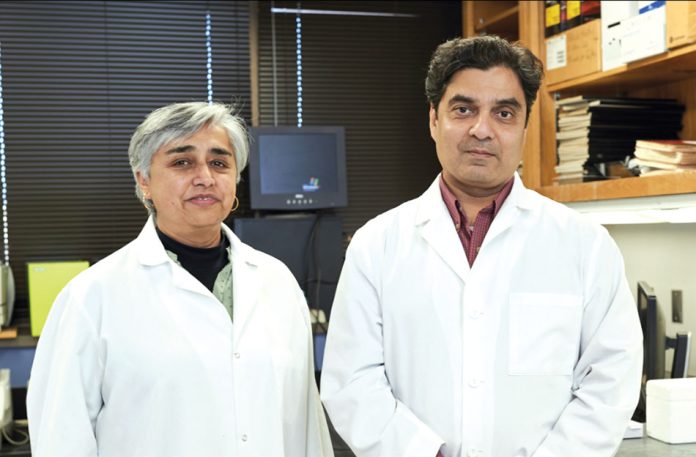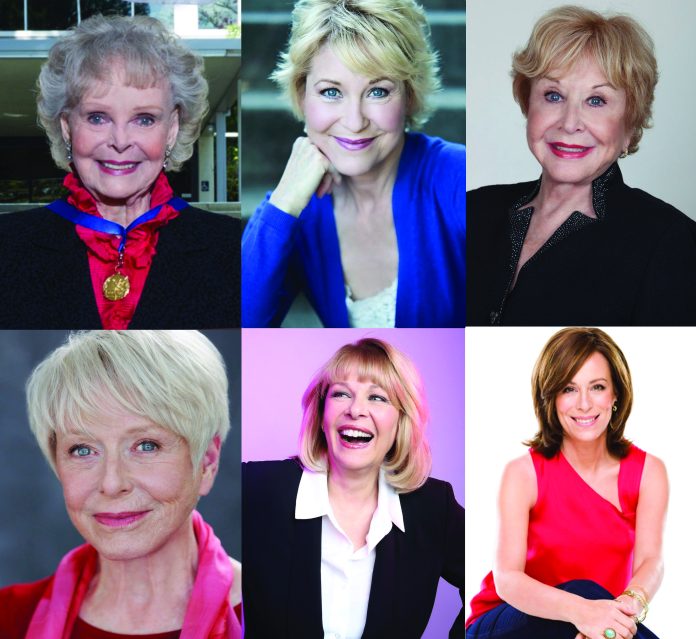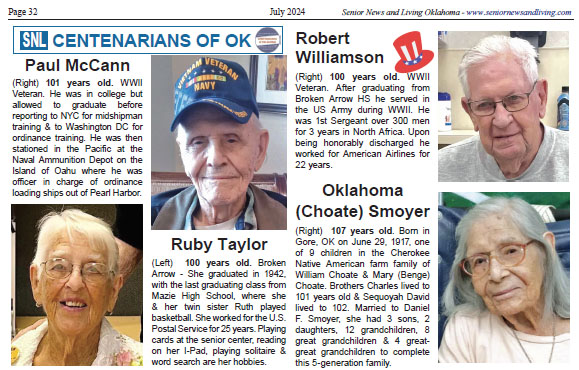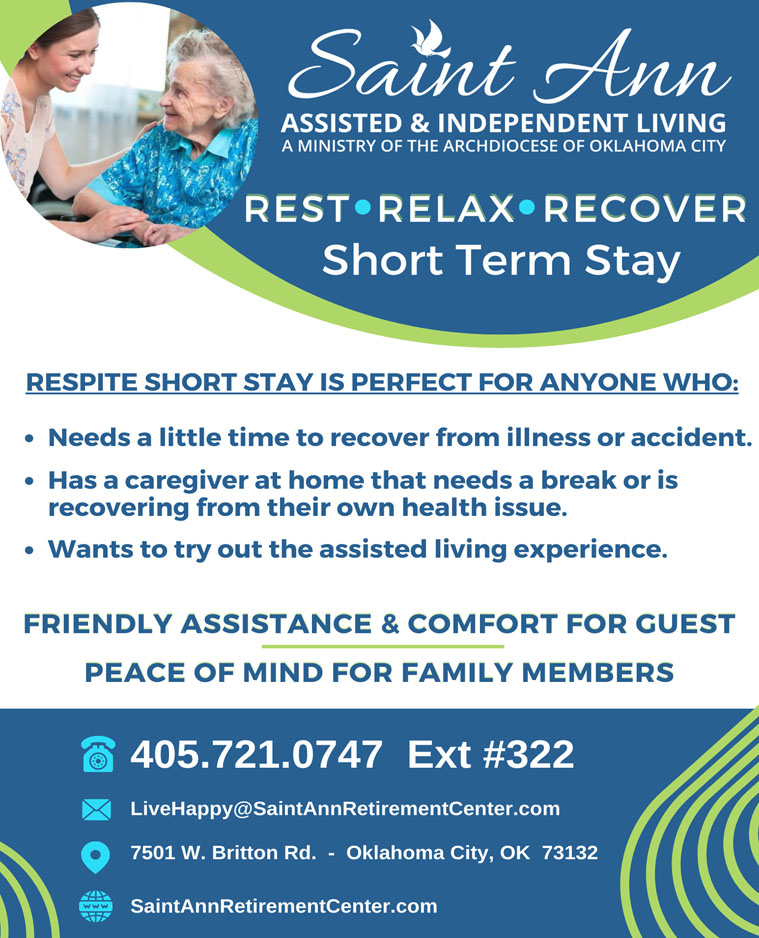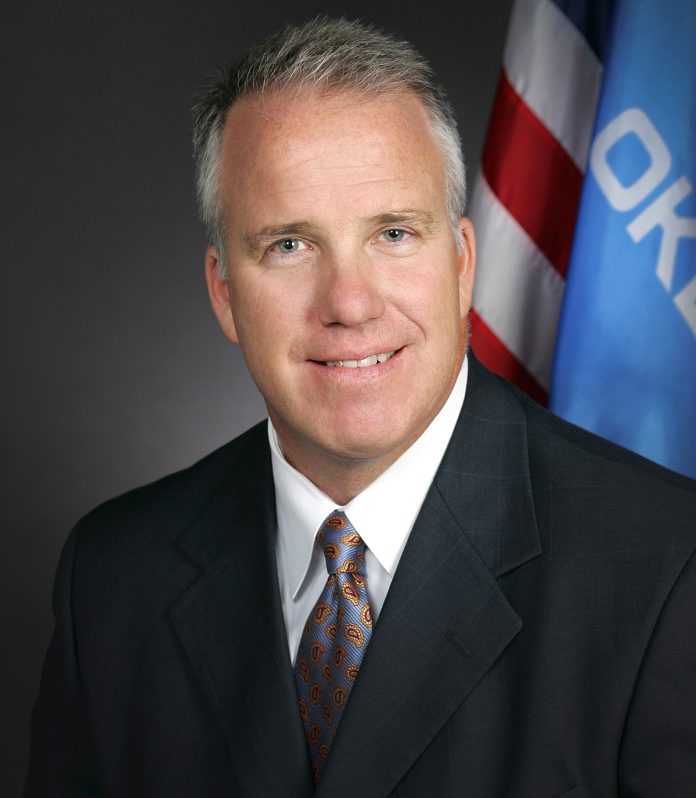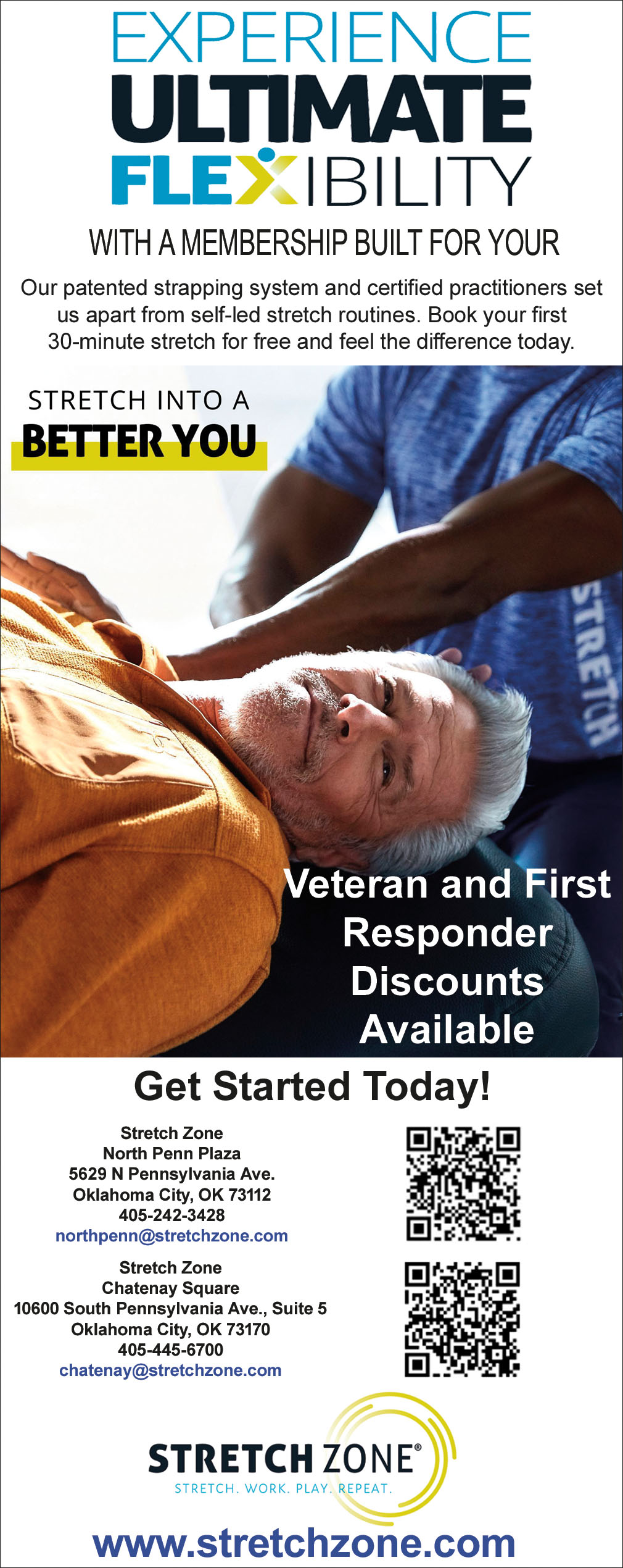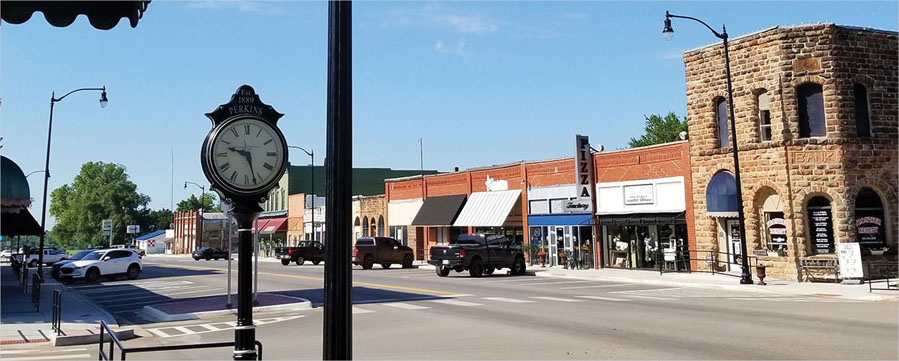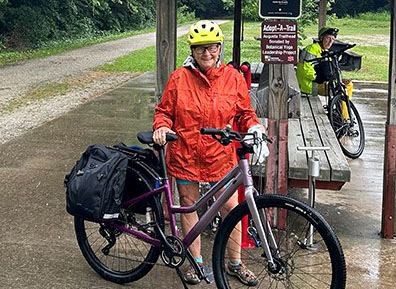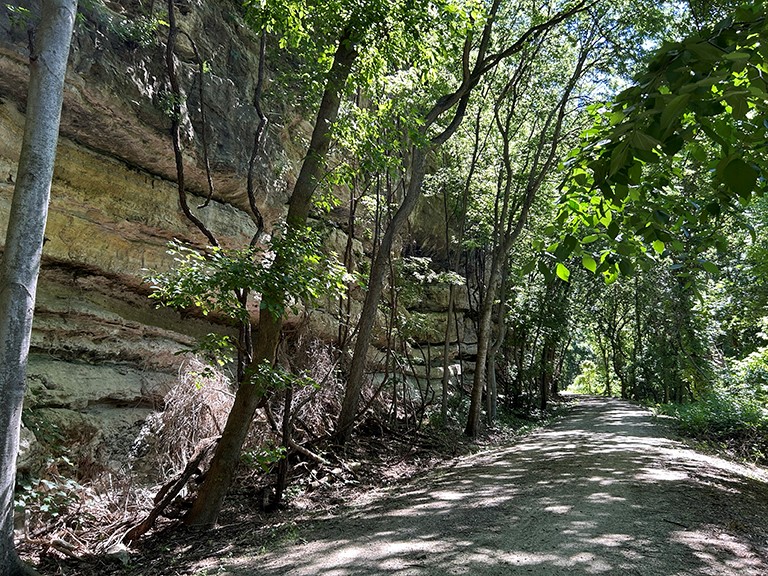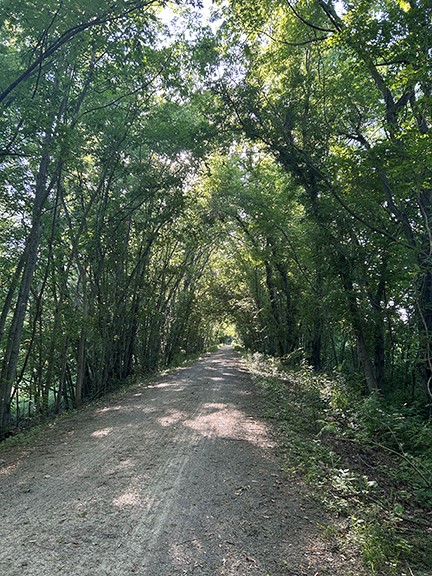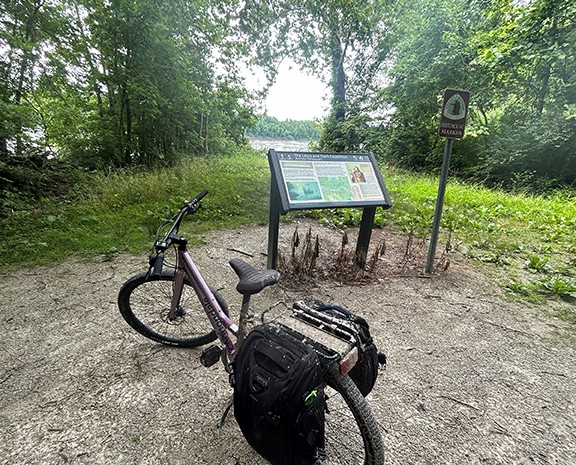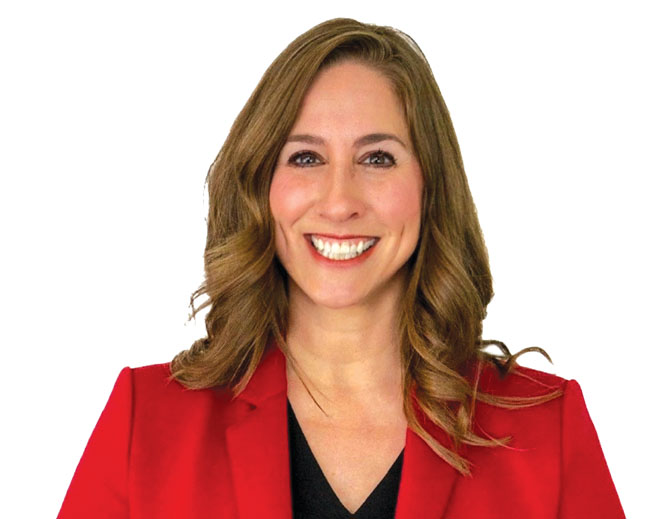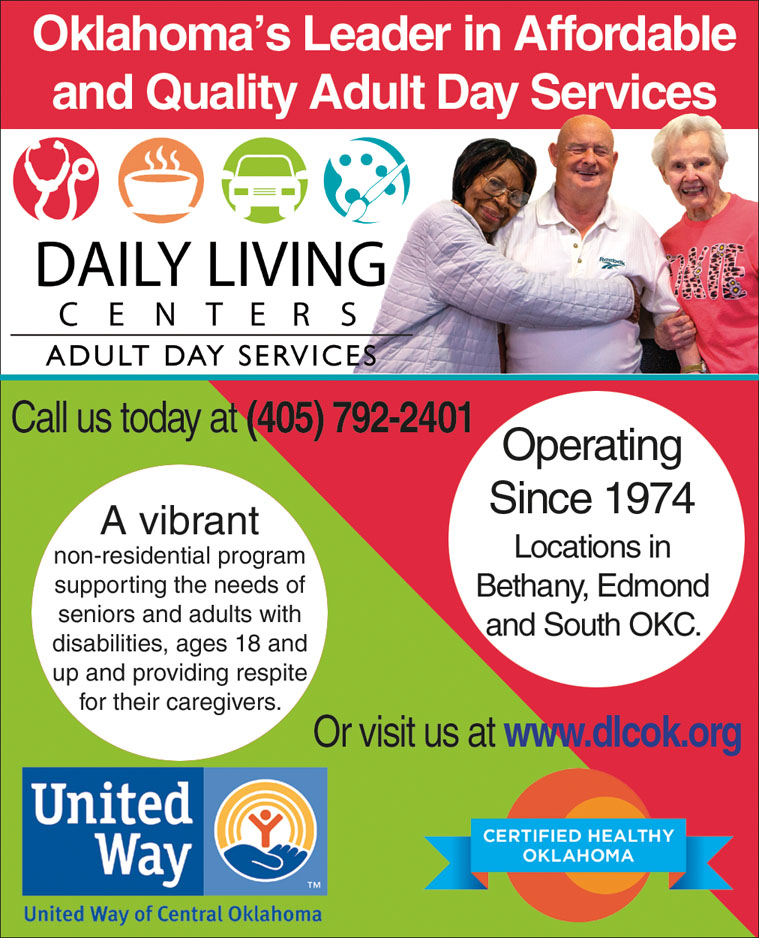Often the concept behind a scientific study is quite complex. But sometimes it’s simply a matter of proving an idea that seems like common sense.
And so it was for Oklahoma Medical Research Foundation scientists Harini Bagavant, Ph.D., and Umesh Deshmukh, Ph.D.
Their discovery partially answers a lingering mystery of Sjögren’s, an autoimmune disease that affects moisture-producing glands. The condition causes painful dry eyes and mouth and can result in irreversible tissue damage, neurological problems, lung disease and cancer. Up to 4 million Americans live with Sjögren’s.
Scientists have long wondered why age is a risk factor for Sjögren’s. The median age for diagnosis is 52, and women are nine times more likely than men to develop it.
The OMRF study determined that a particular white blood cell associated with aging proliferates and infiltrates the salivary glands in older mice, resulting in inflammation and loss of immune tolerance.
“We found that as normal mice age, many of them spontaneously get the same features we see in Sjögren’s disease in humans,” Bagavant said. “The aging process drives the inflammation in the glands.”
White blood cells generally circulate in the blood and lymph and create antibodies to protect our bodies against infection. In this study, the specific cell type also was found in various organs – a finding that raised more questions.
“The fact that we found them in the salivary gland, just spontaneously accumulating along with the presence of inflammation, tells us they must be doing something,” Bagavant said. “Figuring that out is our next step.”
Beyond their finding is a more universal idea for future research of Sjögren’s and perhaps other autoimmune diseases: Reliable results require age-appropriate research models.
In this case, this means using mice between 15 and 24 months old. Historically, scientists have used younger mice for drug testing.
“What our study suggests is that if you want to test a potential drug, and your target population is older humans, those drugs should be tested in age-matched animal models,” Deshmukh said. “As more research is done, I believe we’ll see a directive on this topic from the National Institutes of Health.” Their discovery was published recently in the journal Geroscience. The research was supported by grant No. DE032911 from the National Institute of Dental and Craniofacial Research, part of the NIH, and from Shared Instrumentation grant No. 1S10OD028479-01, also from the NIH, for the use of specialized equipment.


